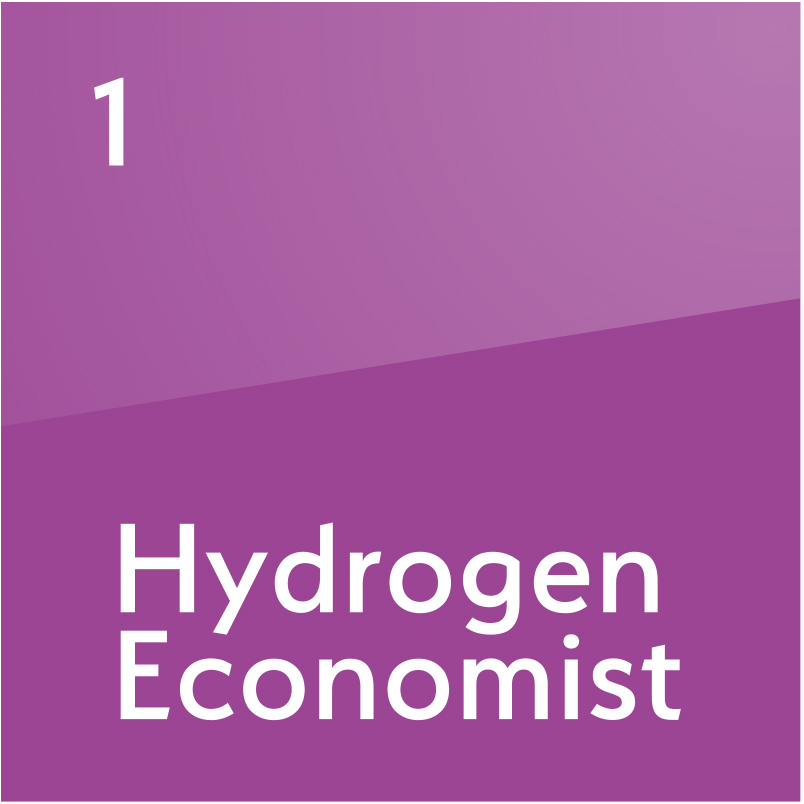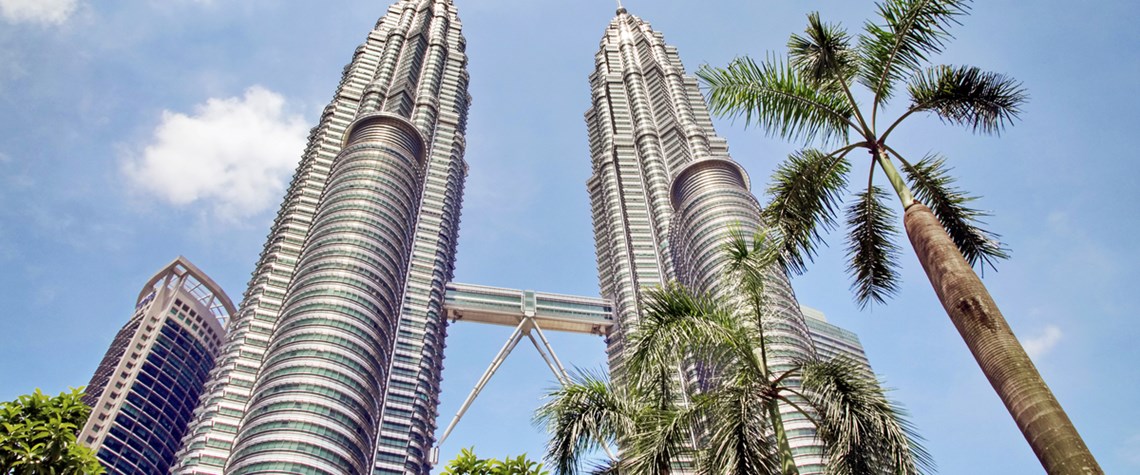Southeast Asia evolves into an NOC universe
The trend for the region’s operators to play a bigger role looks set to continue
NOCs have grown in influence in Southeast Asia, evolving from their role as regulatory bodies for upstream activities to being key operators and partners in the region’s largest fields. And this trend will continue and could even accelerate in 2021. NOCs have increased their control through a shift from a concessionary system to production-sharing contracts (PSCs). But they have also pursued M&A to increase their participation in the region’s development and production projects. Their shares in both regional investment and output have risen steadily—from 35pc and 30pc in 2000, respectively, to current 50pc stakes. In absolute terms, regional NOCs’ production grew by 30pc from 2.4mn bl/d

Also in this section
12 December 2025
The latest edition of our annual Outlook publication, titled 'The shape of energy to come: Creating unique pathways and managing shifting alliances', is available now
12 December 2025
The federal government is working with Alberta to improve the country’s access to Asian markets and reduce dependence on the US, but there are challenges to their plans
11 December 2025
The removal of the ban on oil and gas exploration and an overhaul of the system sends all the right messages for energy security, affordability and sustainability
10 December 2025
The economic and environmental cost of the seven-year exploration ban will be felt long after its removal







